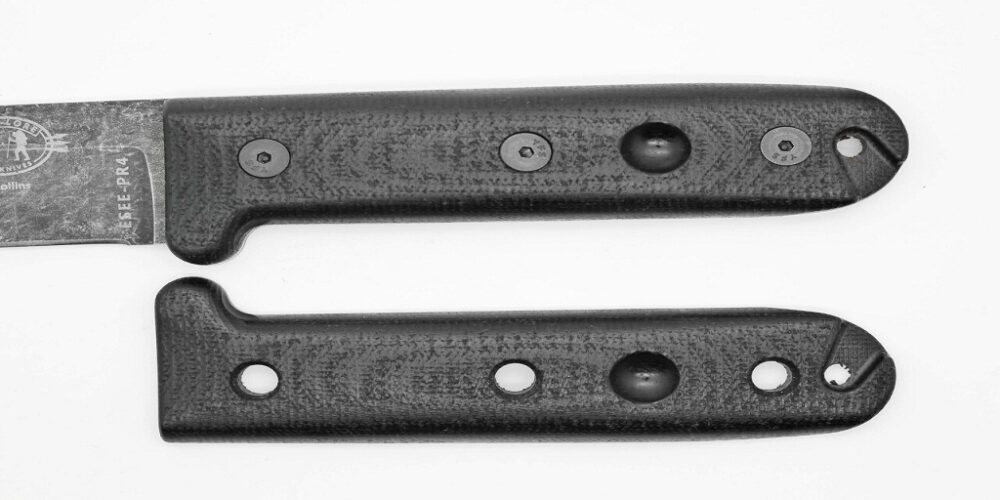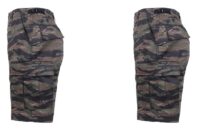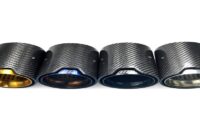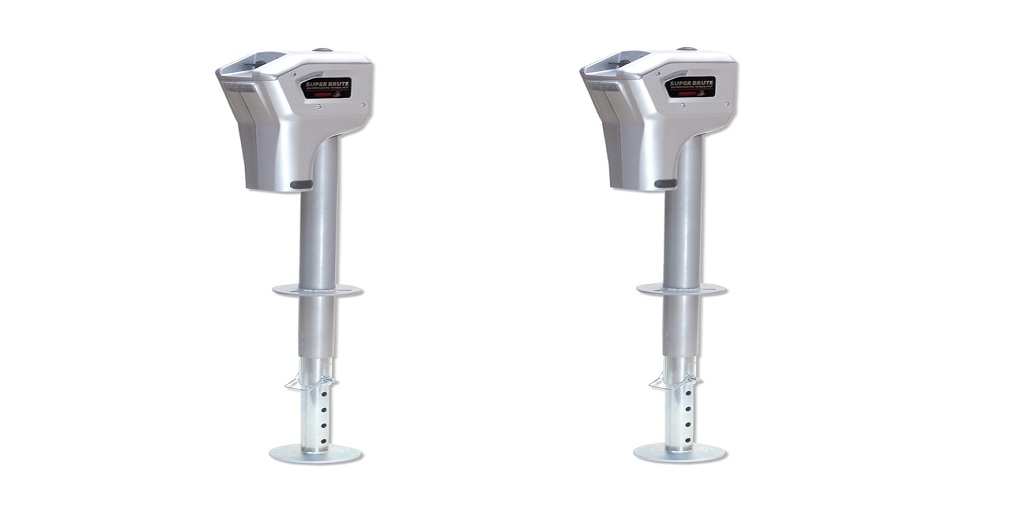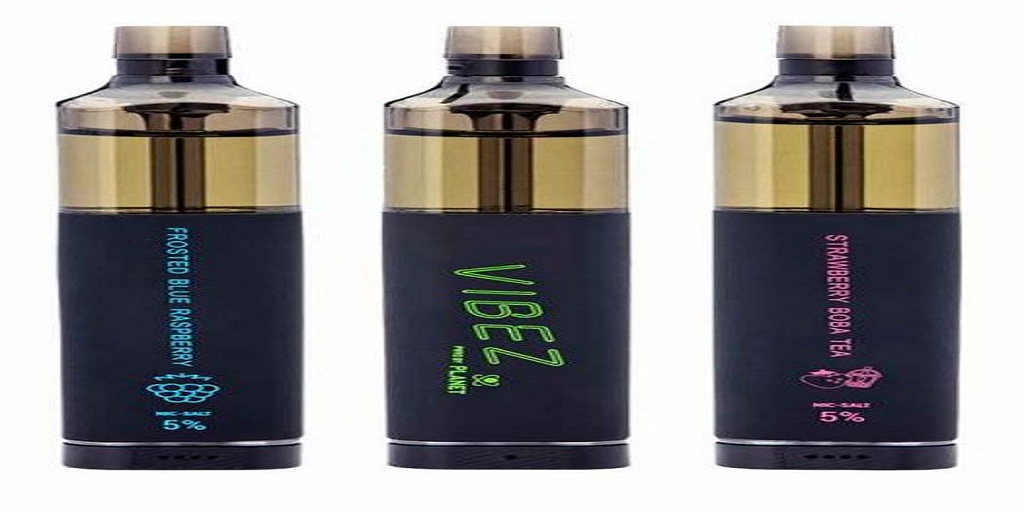When you are a knife owner or collector, you know full well that these beautiful pieces and their quality aren’t solely reliant on their blades. Sure, the blade matters a good deal to a knife’s overall efficacy, including its point, tip, edge, spine, heel, and bolster, but its handle matters a great deal as well.
Knife handles are typically constructed with scales. Knife scales are the main component of knife handles and provide the knife with a comfortable, safe, and easy part to hold onto during use. One knife will usually have two knife scales, which are attached on opposing sides of the tang via rivets.
Knife scales for sale today come in an abundance of materials, though, and each one can provide you with different advantages and disadvantages. Let’s take a brief look at the eight most popular types of knife scales on the market today and what you can expect when choosing them over others.
1. Carbon Fiber
Carbon fiber is an exceptionally versatile material found in various industries, from aerospace and aircraft to racecars and manufactured goods. It also has found its way into knife scales and it’s really no surprise as to why.
Knife scales made of carbon fiber are lightweight, extremely sturdy, rigid, weather-resistant, long-lasting, sleek in appearance, and have plenty of patterns to boast!
2. G-10
G-10 is a particular grade of Garolite, which is a woven fiberglass that has first been soaked in epoxy resin, compressed, then baked. G-10 is such an excellent material for knife scales because it is non-porous (in both wet and dry conditions), lightweight, sturdy, strong, and, when it has a checkered pattern, is truly impressive in its grip.
3. Micarta
Micarta is made of thin layers of cloth that have been soaked in Phenol, a type of resin, compressed, then baked. Micarta is quite similar to G-10, as they both are undeniably lightweight, strong, sturdy, and dependable overall; however, Micarta tends to be a bit more on the pricier side and is often a bit more slippery than G-10.
4. Fiberglass Reinforced Nylon (FRN)
Fiberglass Reinforced Nylon (also referred to as FRN or GFN), is a high-strength plastic that has specifically assorted nylon fibers to provide users with unparalleled strength. Not only is it extremely strong, but it is lightweight to boot. Its injected molding makes it also a low-cost option, which only furthers its advantage to your knife.
5. Natural Materials (Wood, Bone, Ivory, Antler, and Horn)
Knife scales are often made of natural materials too, including wood, bone, ivory, antler, and horn. All of these options offer your knife unique aesthetic value and unequivocal strength. Some of these, however, are quite porous and slippery (namely the elements from animals).
6. Aluminum
We all have heard of aluminum and its incredible strength. So, it’s really no surprise that it has found its way into knife scales! Aluminum is a low-density material that’s lightweight, strong, and resilient to corrosion. When it’s textured, its grip is impressive too!
7. Titanium
Titanium is a material that is well known for its sturdiness and strength. It’s also lightweight, highly resistant to corrosion, doesn’t conduct or contain cold, and dependable. However, it is indeed the most expensive metal for use in knife scales.
There are just seven of the most popular knife scales for sale today, but there are plenty more out there. If you are “on the hunt” for the top-of-the-line knife scales or even knives on the market today, head on over to the Knife Connection! They have a wide selection of high-quality knives and other accessories you’ll certainly be proud to add to your collection!

